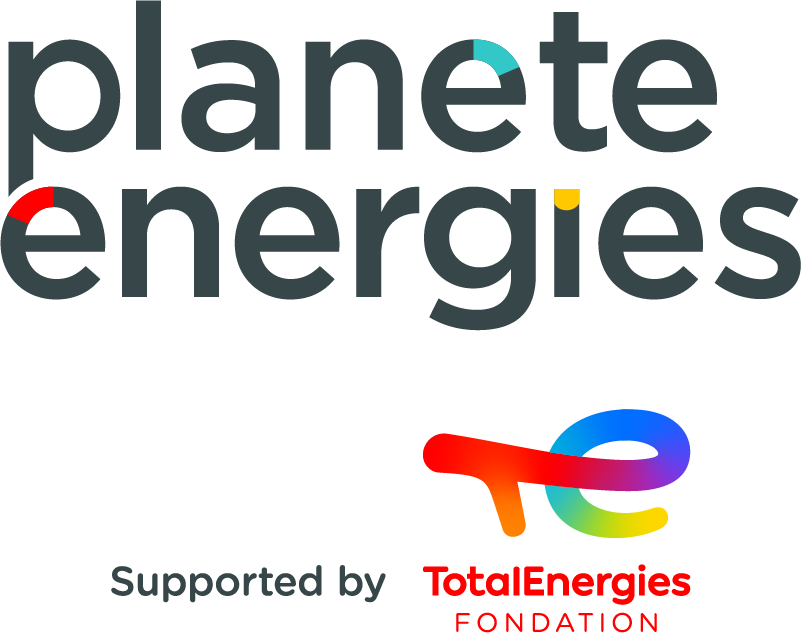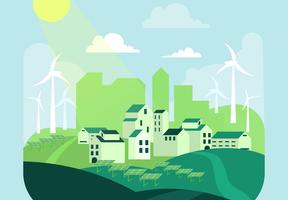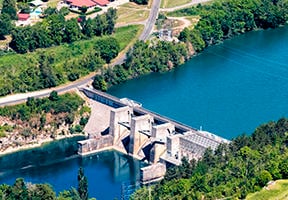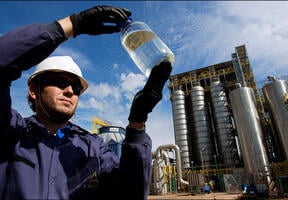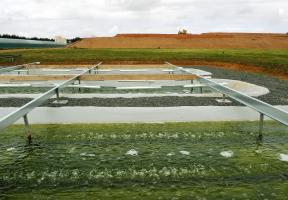Copenhagen - Europe’s Greenest Capital City
10 min read
Copenhagen ranks among the most ambitious cities in the world when it comes to reducing greenhouse gas emissions, tackling all sectors: housing, generation, transport and waste management. The results are spectacular - between 2009 and 2022, the city reduced by 80% its CO2 emissions.
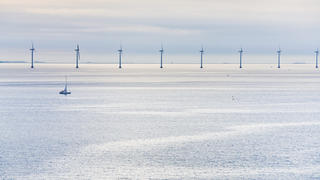
© Thinkstock - Copenhagen intends to become carbon neutral. Here we see the Middelgrunden wind farm, just off the coast of Copenhagen.
District heating and urban cooling network
Housing was the most effective sector for Copenhagen. The city is home to the world’s most efficient district heating network, covering 98% of the population’s needs. Though the city has the advantage of a small population (600,000 inhabitants), it deserves credit for having begun to install underground pipelines in 1979, on an initiative of the Danish government to reduce oil imports. The network uses residual from waste and electricity generation facilities. Instead of being released into the environment as it usually is, the heat is distributed to the houses in the city.
Copenhagen was also a step ahead of the rest when it came to installing a centralized cooling network, that draws on the cold water in the city port. It’s particularly useful for cooling down data centers. Coupling the two hot and cold networks helped optimize efficiency.
Electricity generation
More than half of Copenhagen’s electricity still comes from fossil fuels, in particular and gas.
That’s why one of the main pillars of the 2009 plan is to adapt the existing stations so that they can use sources, and (essentially wood and straw).
The plan also involves installing a hundred wind turbines around the city as an alternative power supply, and when the wind blows strongly, the electricity will be directed into the national grid. Denmark has the highest installed capacity per capita in the world. The Middelgrunden wind farm symbolizes this amazing increase, with its 20 turbines forming an arc off the Copenhagen coast, that can be seen from most of the city, and produces 3% of the capital’s energy needs.
Public transport and cycle highways
Many actions are taken in Copenhagen to reduce car use. The public transport network is regularly enhanced, and over the years, cycle paths have developed to encourage people to bike. Copenhagen has a total of more than 400 km of cycle paths, including cycle superhighways (cykelsuperstier) that give those who live furthest away to reach the city center very quickly. Today, despite the glacial winters, bicycles are now used for 40% of journeys in Copenhagen, and 60% of the population owns a bike.
Waste processing and CO2 storage
The circular economy is given considerable importance. Copenhagen recycles 90% of its waste in the city’s many waste sorting centers. Ambitious aims have been set to valorize organic household waste and to develop the collection of disused electric and electronic equipment.
Denmark is also banking on CO2 storage to reduce its emissions. Several major underground storage projects (Bifrost, Greensand, etc.) have been set in motion in the North Sea.
Copenhagen stands out as a sustainable city model - one in which CO2 emissions have decreased significantly, use of bicycles is encouraged, the district heating system is carbon neutral, awareness of environmental issues is taught early on, and commitment to the is adhered to by the majority. It’s a city that inspires others to follow suit, for a future that puts the planet first!
